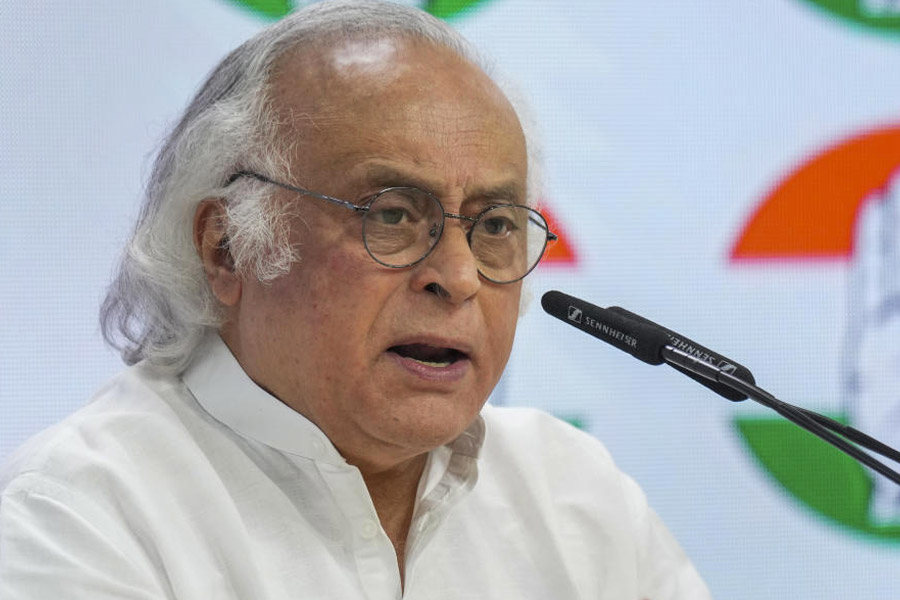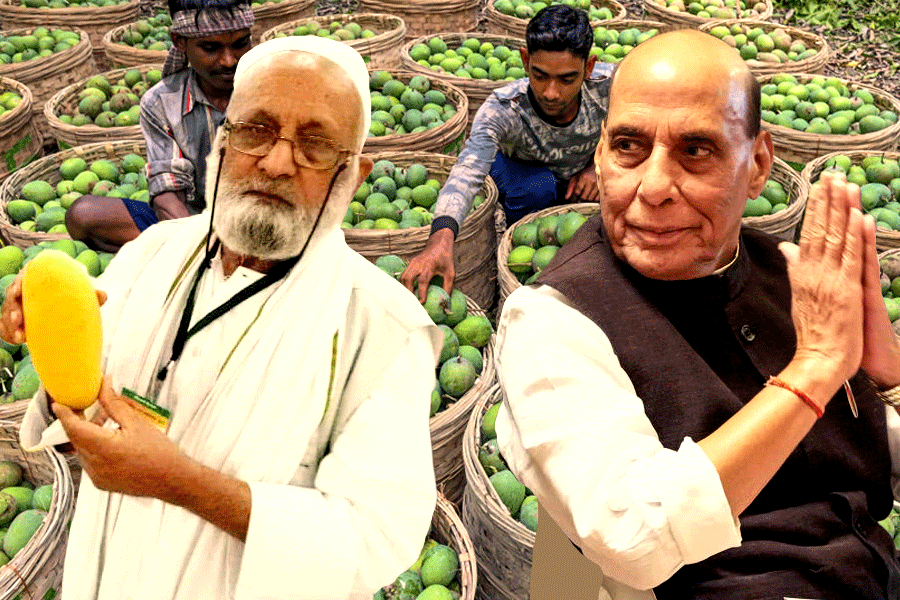THE BANG-BANG CLUB: SNAPSHOTS FROM A HIDDEN WAR By Greg Marinovich and Joao Silva, Heinemann, £ 17.99
This is a brutal and brusque book. At one level, it tells the story of a few journalists living on the edge, the kind of people who get their kicks from 'war journalism'. But at a deeper level, this book captures the struggle of the blacks in apartheid South Africa.
The text is compelling but straightforward. What makes this book special is the powerful photographs that come with it. The authors, along with two of their friends, make up the 'Bang-Bang Club', a group of photographers who will go to any length to take that prize-winning photograph. The results are awesome.
The best photograph in the book has nothing to do with the book's theme. It is a Pulitzer prize-winning photograph of a vulture stalking a starving child in Sudan. A lot of photographs of dead or dying men make up the rest of the photographs. They might make one feel a bit queasy, but they capture the reality of what apartheid meant for South Africa and the world.
Some of the photographs do stand out in memory. There is one of the former president of South Africa, P.W. Botha, and his wife, Elize, being greeted by a woman in the black township of Sebokeng. The confident posture of Elize and the way the black woman is bending down as she shakes her hand captures what a thousand words cannot do.
There is another photograph of a right wing Afrikaner begging for his life as an Bophuthatswana policeman looms over him. A later photograph shows that he has been shot minutes later. This is the kind of dramatic photograph that made the Bang-Bang Club so famous in South Africa and beyond.
The last bunch of the photographs show the fab four - Greg Marinovich, Joao Silva, Ken Oosterbroek and Kevin Carter - in action. Predictably, most of them look a bit like movie action heroes. But the action is for real. And the threat of death is omnipresent. A few pictures from other troubled spots in the world like Croatia and Kabul can also be found. All this might make it seem that this is a book of award winning news pictures. That it is not. But the pictures are rivetting and make a powerful impact.
The writing gives an insight into the way news photographers operate. 'Now we know a little more as the veil is lifted on the ways this remarkable breed operated, how frequently they had to be callous, to the extent of trampling all over corpses without showing too much emotion, so that they could capture that special image which would ensure that agencies wanted their work,' says Bishop Desmond Tutu in the foreword to the book.
The journey is fascinating in parts. It is the story of white, middle-class young men, who dared to venture into unknown black townships, all for the sake of the photograph.
The guerrilla tactics used during the Hostel Wars, when Nelson Mandela's supporters were attacked and killed by Zulu warriors, is well documented. There are passing references to how the war was being secretly funded by the white regime.
As in the pictures, the authors manage to shock repeatedly with their raw and brutal observations. These men are out to tell the difficult truth and tell it well.
Incidentally, Kevin Carter, a member of the Bang-Bang Club who later committed suicide, has a song by the Manic Street Preachers named after him. One of the other members, Ken Oosterbroek, was killed by a stray bullet some time later. Ken's death is vividly recounted in the preface to the book. Parts of the book read like an action movie script, and there is ever possibility that a movie might be made out of it someday.
The survivors of the Bang-Bang Club put the book together. One of the authors readily admitted in an interview later that the death of two out of the four which made up the Bang-Bang Club had made their cause 'sexy'. This is the kind of
brutal honesty that makes this book remarkable.
 Friday, 06 June 2025
Friday, 06 June 2025









